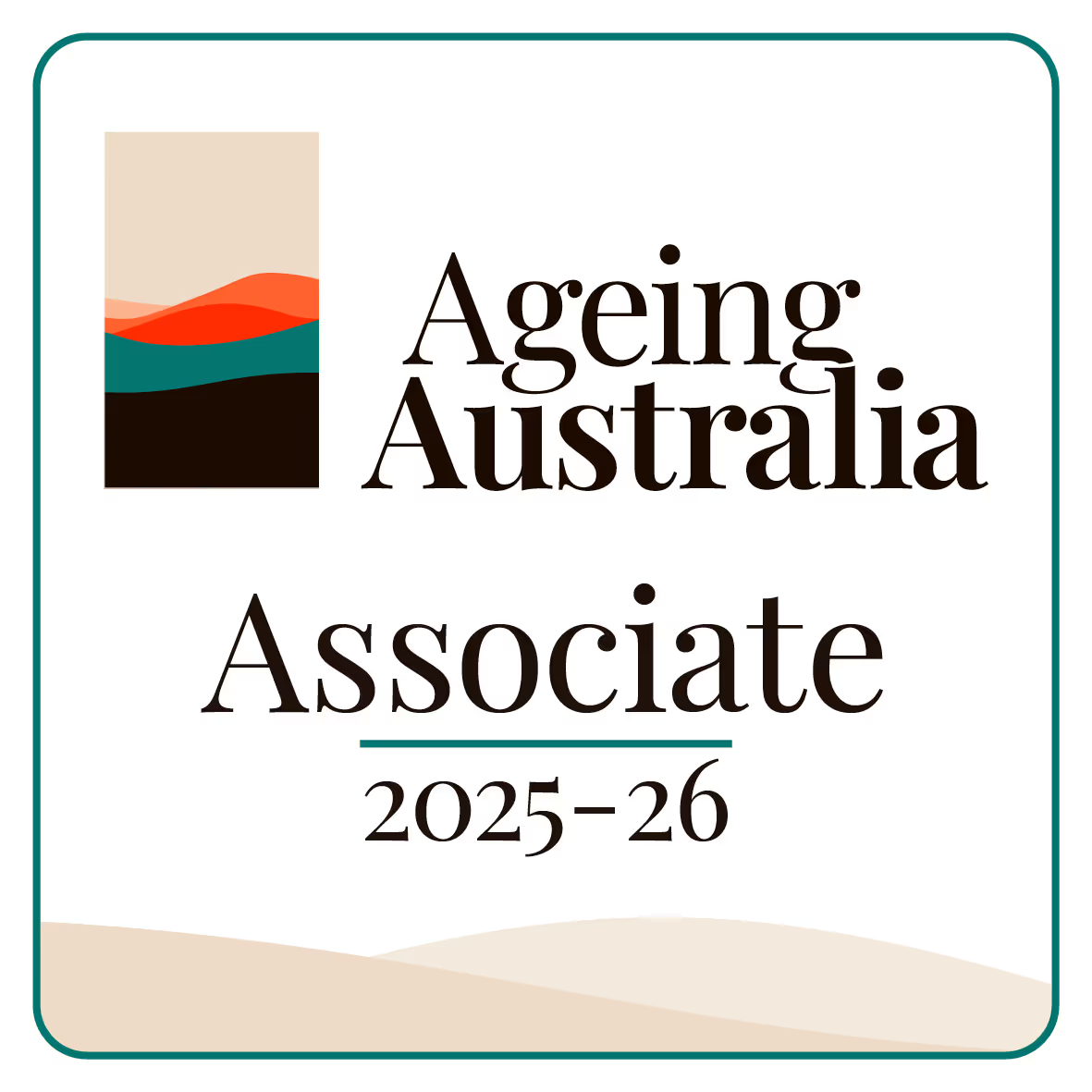What Is a Resident Agreement?
When you decide to move into an aged care facility, you are not just entering a place where you will receive care. You are entering into an agreement that outlines your rights, responsibilities, and the services you will receive. This is known as a Resident Agreement.
The Resident Agreement is a legal document that outlines the terms of your stay at the aged care facility. It is a bit like a guide that helps you understand what to expect while you are living there and how things will be managed. It is also there to protect both you and the facility, ensuring everything runs smoothly.
Why Is the Resident Agreement Important?
Think of the Resident Agreement as a roadmap for your care journey. It clearly defines what the facility will provide and what is expected of you. It gives you peace of mind, knowing that everything is in black and white.
This agreement also ties into aged care standards, which ensure that the facility provides quality care according to the law. These standards aim to protect your rights and help you live with dignity, no matter your circumstances.
What Does the Resident Agreement Cover?

A Resident Agreement includes several key details that are important for your stay. Some of the things that will be covered include:
- The services provided – What the aged care facility offers, like medical care, meals, and social activities.
- The fees and charges – This will explain the costs associated with your stay, including any daily fees, room charges, and extra services.
- The facility’s rules – Every facility has guidelines to make sure things run smoothly, like visiting hours, quiet times, and other regulations.
- Your rights and responsibilities – It will also outline what is expected from you, including communication about your needs and maintaining a respectful environment.
This document serves as a clear reference so that everyone involved knows their responsibilities and expectations.
How Does the Resident Agreement Protect You?
The Resident Agreement ensures that you are fully informed about your care and living conditions. It also helps prevent misunderstandings between you and the aged care facility.
For example, if you ever have concerns about the services or fees, you can refer to the agreement to see what was promised and what should be provided. It holds the facility accountable and guarantees that your rights as a resident are protected under aged care standards.
What Happens if Something Changes?
Your Resident Agreement can be updated if there are any changes in your care needs or the services provided by the facility. If this happens, you will be informed, and any changes will be discussed with you. The agreement is meant to be flexible, so it can adjust as your needs evolve, whether it is adding new services or changing the room arrangement.
Signing the Agreement
Before you move in, you will be asked to sign the Resident Agreement. Take your time to read through it and ask any questions if something is unclear. This is your chance to make sure that everything you expect from the facility is written down and agreed upon.
It is important to remember that the agreement is not just a formality. It is a key part of your rights as a resident. Understanding the terms and conditions will help you settle in and feel more at ease.
Final Thoughts
The Resident Agreement in aged care is not just a piece of paper—it is a way to make sure you know what to expect from your care and living environment. It outlines your rights, protects you, and helps maintain transparency between you and the facility. By understanding your Resident Agreement, you can feel confident that you are receiving the care you deserve under aged care standards.
So, take the time to read through the agreement carefully, ask questions when you need to, and know that it is there to make your time in aged care as comfortable and pleasant as possible.
Frequently Asked Questions
What is a Resident Agreement in aged care?
A Resident Agreement is a legal document that outlines the terms of your stay at an aged care facility. It details your rights, responsibilities, and the specific services you will receive, acting as a guide to help you understand what to expect.
Why is the Resident Agreement considered important?
The Resident Agreement is important because it acts as a roadmap for your care journey, clearly defining what the facility will provide and what is expected of you. It gives you peace of mind and is tied to aged care standards that protect your rights and ensure quality care according to the law.
What key details are covered in a Resident Agreement?
A Resident Agreement covers several important details, including the services provided (like medical care and meals), the fees and charges (daily fees, room charges, and extra services), the facility's rules (like visiting hours), and your rights and responsibilities as a resident.
How does the Resident Agreement protect the resident?
The agreement protects the resident by ensuring they are fully informed about their care and living conditions, helping to prevent misunderstandings between them and the facility. It holds the facility accountable and guarantees that the resident's rights are protected under aged care standards.
Can the Resident Agreement be updated after it is signed?
Yes, the Resident Agreement can be updated if there are any changes in your care needs or the services provided by the facility. If this happens, you will be informed, and any changes will be discussed with you, as the agreement is designed to be flexible and adjust as your needs evolve.






